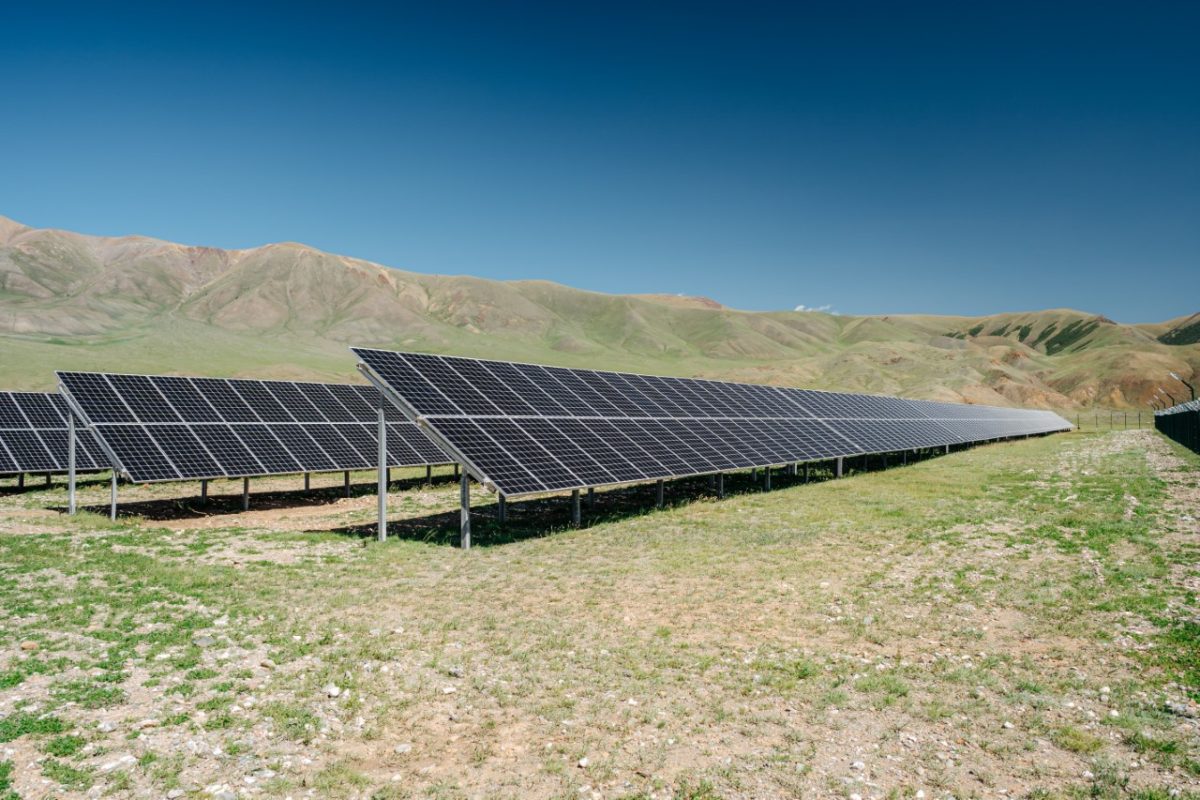A group of researchers from the European Union’s Joint Research Center (JRC); the German Development Institute; University College London, in the U.K.; Hungary's Corvinus University of Budapest; the Technical University of Denmark; and the University of California at Berkeley, in the U.S., has developed a new methodology to map unelectrified communities for which the deployment of off-grid PV would be an affordable solution even when competing with low-priced diesel.
The proposed approach can be applied to 71 countries in areas of the global ‘sun belt', in East Asia, South Asia, and sub-Saharan Africa. ” “Technically, it could be applied anywhere,” research co-author, Daniel Puig, told pv magazine.
The global sun belt is the area around the world that has the highest level of solar radiation per day, month, and year, and includes countries located within 35 degrees latitude above or below the equator. These regions are the Mediterranean and Africa, China and India, Latin America, and Australia.
“This approach draws in pioneering sub-national estimates of affordability levels combined with population characteristics,” the academics specified, adding that it includes ability-to-pay and affordability considerations at a highly disaggregated resolution never provided before. The model relies on 2014 and 2015 geo-referenced datasets in various formats and spatial resolutions, as well as on a population dataset based on global human settlements (GHSL) and World Bank national-level estimates of electrification.
Through the new methodology, project developers should be able to calculate site-specific electricity generation costs at a resolution of 1 km2 and estimate annual investment costs under two different scenarios, which are characterized by high and low diesel prices.
The analysis tool is also able to distinguish between regulatory frameworks are either favorable or unfavorable to solar. “These scenarios provide narratives of plausible future changes in socioeconomic parameters,” the academics explained. “They are used to foster comparability among prospective studies on climate change management.”
Popular content
In the scenario with favorable conditions for PV, diesel prices are given by the highest retail prices in the last decade in each country, including national taxes and subsidies. A solar minigrid's cost estimate reflects current PV component and storage prices and component replacements. It also considers operation and maintenance (O&M) costs over a 20-year period and a project's environmental impact.
“The two scenarios are consistent with the so-called representative concentration pathways (RCPs), which are used across most scenario development studies,” Puig further explained. “As such, our findings are comparable to the findings of all other studies that are consistent with the RCPs.”
The proposed approach, which also relies on sub-national data drawn from the so-called poverty gap index, is also recommended for electrification programs to be implemented in under-served or rural areas, with low purchasing power in particular. “At present, most national investment decisions on electrification are shortsighted,” the academics concluded. “They often put too much weight on up-front costs,” they added, noting that investments made by public entities or independent power producers will not deliver optimal results if they neglect O&M costs and health and environmental concerns.
The model is described in the paper Mapping of affordability levels for photovoltaic-based electricity generation in the solar belt of sub-Saharan Africa, East Asia and South Asia, published in Scientific Reports.
*The article was updated on February 19 to add that the Technical University of Denmark is also involved in the study.
This content is protected by copyright and may not be reused. If you want to cooperate with us and would like to reuse some of our content, please contact: editors@pv-magazine.com.



1 comment
By submitting this form you agree to pv magazine using your data for the purposes of publishing your comment.
Your personal data will only be disclosed or otherwise transmitted to third parties for the purposes of spam filtering or if this is necessary for technical maintenance of the website. Any other transfer to third parties will not take place unless this is justified on the basis of applicable data protection regulations or if pv magazine is legally obliged to do so.
You may revoke this consent at any time with effect for the future, in which case your personal data will be deleted immediately. Otherwise, your data will be deleted if pv magazine has processed your request or the purpose of data storage is fulfilled.
Further information on data privacy can be found in our Data Protection Policy.